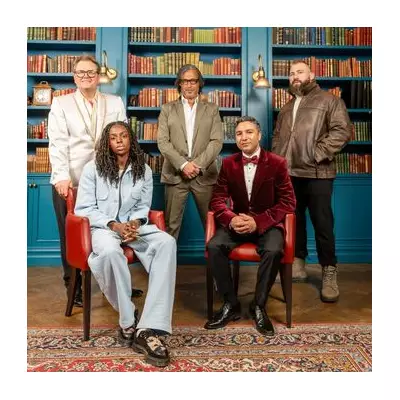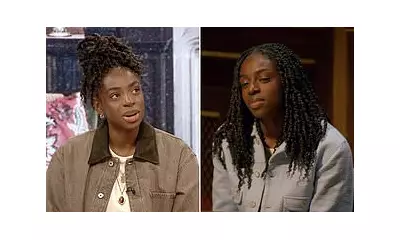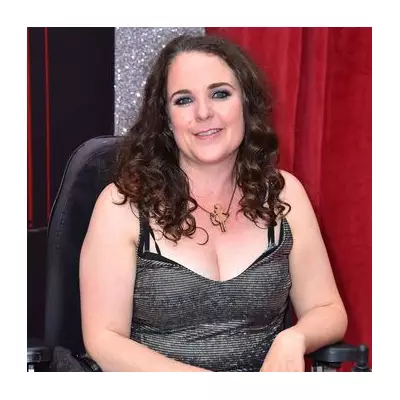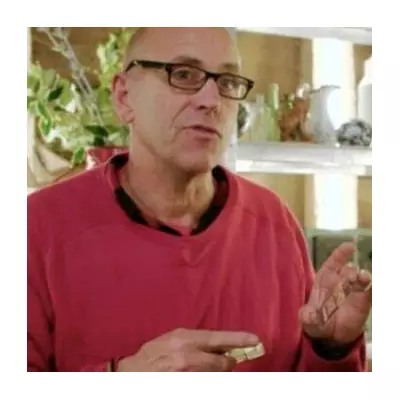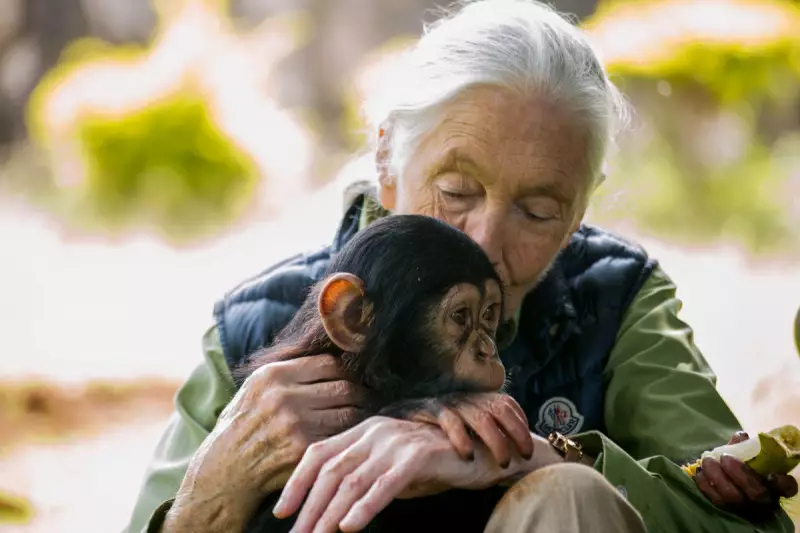
Dame Jane Goodall's extraordinary journey from a curious child with a toy chimpanzee to one of the world's most revered conservationists is a story that continues to inspire generations. Now, through the books that shaped her remarkable life, we gain unprecedented insight into the mind behind the groundbreaking research.
The Childhood Passions That Forged a Legend
Long before she revolutionized our understanding of chimpanzees, a young Jane Goodall was already forming her deep connection with animals through literature. "The Story of Doctor Dolittle" by Hugh Lofting wasn't just a childhood favourite—it planted the revolutionary idea that humans could communicate with animals. Meanwhile, "The Jungle Book" by Rudyard Kipling immersed her in a world where humans and wildlife coexisted, foreshadowing her future living among chimpanzees in Gombe.
Scientific Revelations That Changed Everything
Goodall's path wasn't paved with formal scientific training initially, but rather with transformative books that expanded her thinking. Charles Darwin's "On the Origin of Species" provided the foundational understanding of evolution that would underpin her research. Yet it was her mother's gift of "The Miracle of Life" that truly opened her eyes to the wonders of the natural world, setting her on course for her historic work in Tanzania.
The Books That Define Her Legacy
Among the numerous works Goodall has authored herself, several stand out as essential reading for understanding her philosophy and achievements:
- "In the Shadow of Man" - Her groundbreaking first book that introduced the world to chimpanzee tool use and complex social behaviours
- "The Book of Hope: A Survival Guide for Trying Times" - Her recent work focusing on environmental optimism and activism
- "Seeds of Hope" - Exploring her botanical passions and the importance of plant conservation
Unexpected Influences and Modern Inspirations
Goodall's reading tastes reveal surprising depth beyond scientific literature. She credits "The Little Prince" by Antoine de Saint-Exupéry with teaching profound lessons about relationships and responsibility. In contemporary reading, she praises Yuval Noah Harari's "Sapiens" for its bold examination of human history and our relationship with other species.
Her recommendations extend to environmental classics like Rachel Carson's "Silent Spring," which she considers essential reading for understanding humanity's impact on nature. This diverse reading list reflects Goodall's holistic approach to conservation—one that combines scientific rigor with deep philosophical understanding and emotional connection to all living beings.
A Lifelong Mission Through Literature
At 90 years old, Jane Goodall continues to advocate for wildlife conservation and environmental education through her writing and recommendations. Her curated reading list serves as both an intellectual autobiography and a roadmap for aspiring conservationists. Each book represents a stepping stone in her incredible journey—from the English countryside to the forests of Gombe, and ultimately to her status as a global environmental icon.
Through these literary influences, we see how Goodall's unique perspective—one that combines scientific observation with deep empathy—was nurtured through decades of thoughtful reading. Her book recommendations offer more than just reading suggestions; they provide a window into the development of one of the most important scientific minds of our time.

